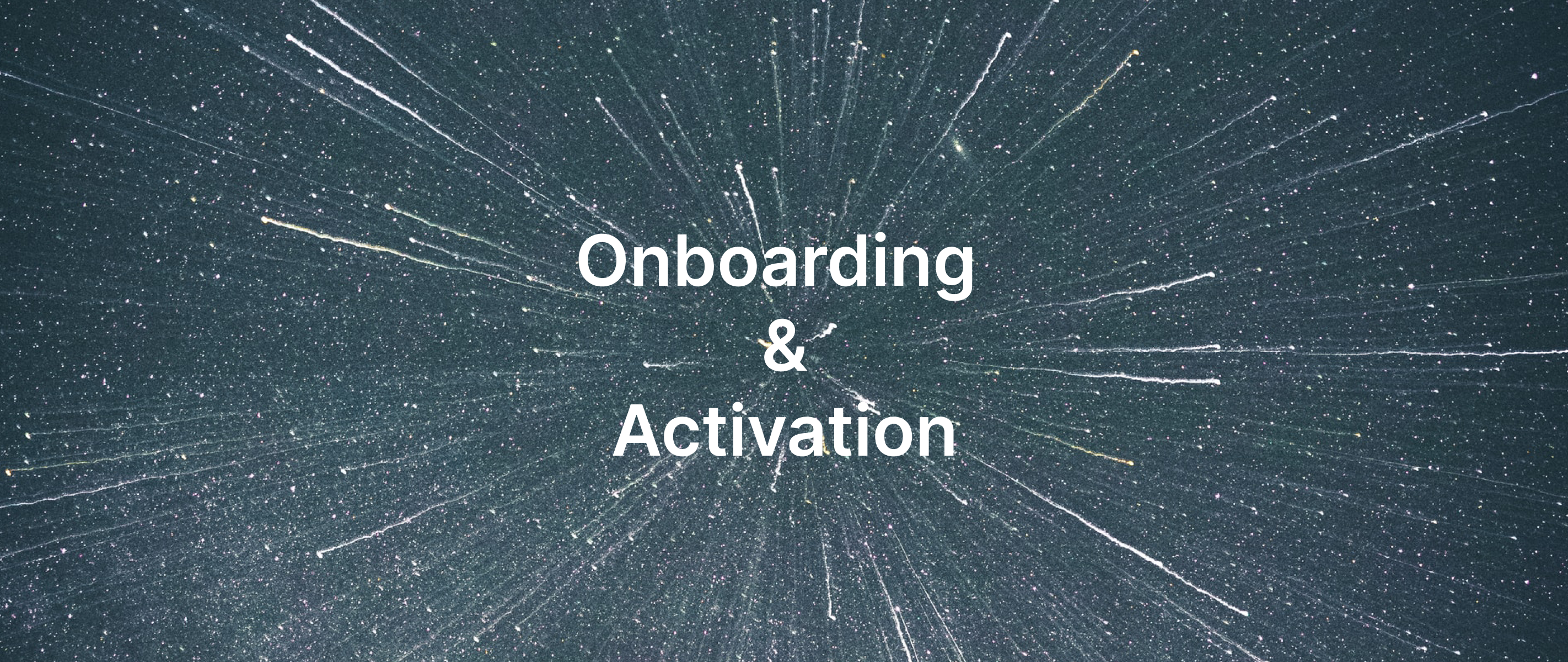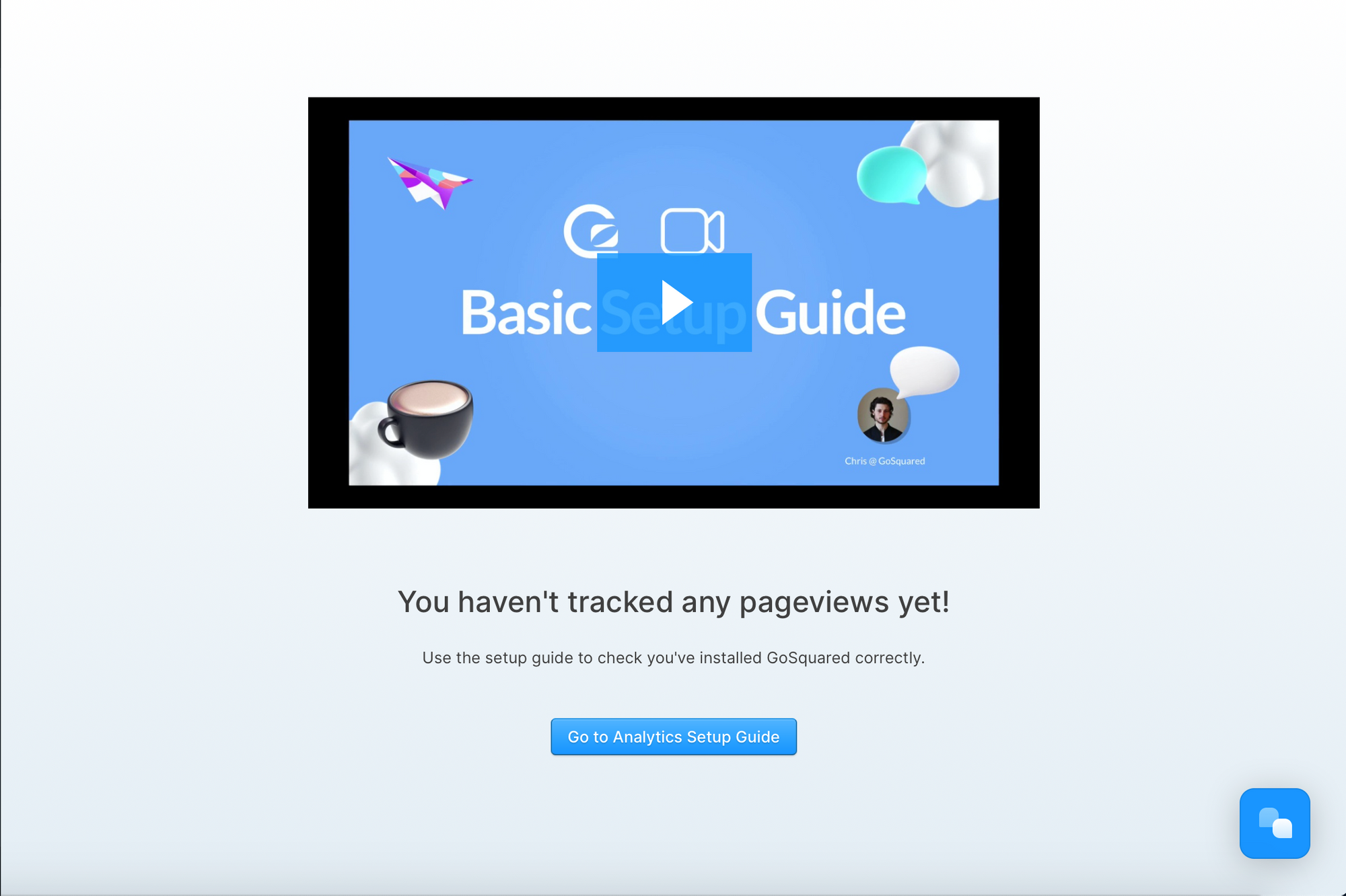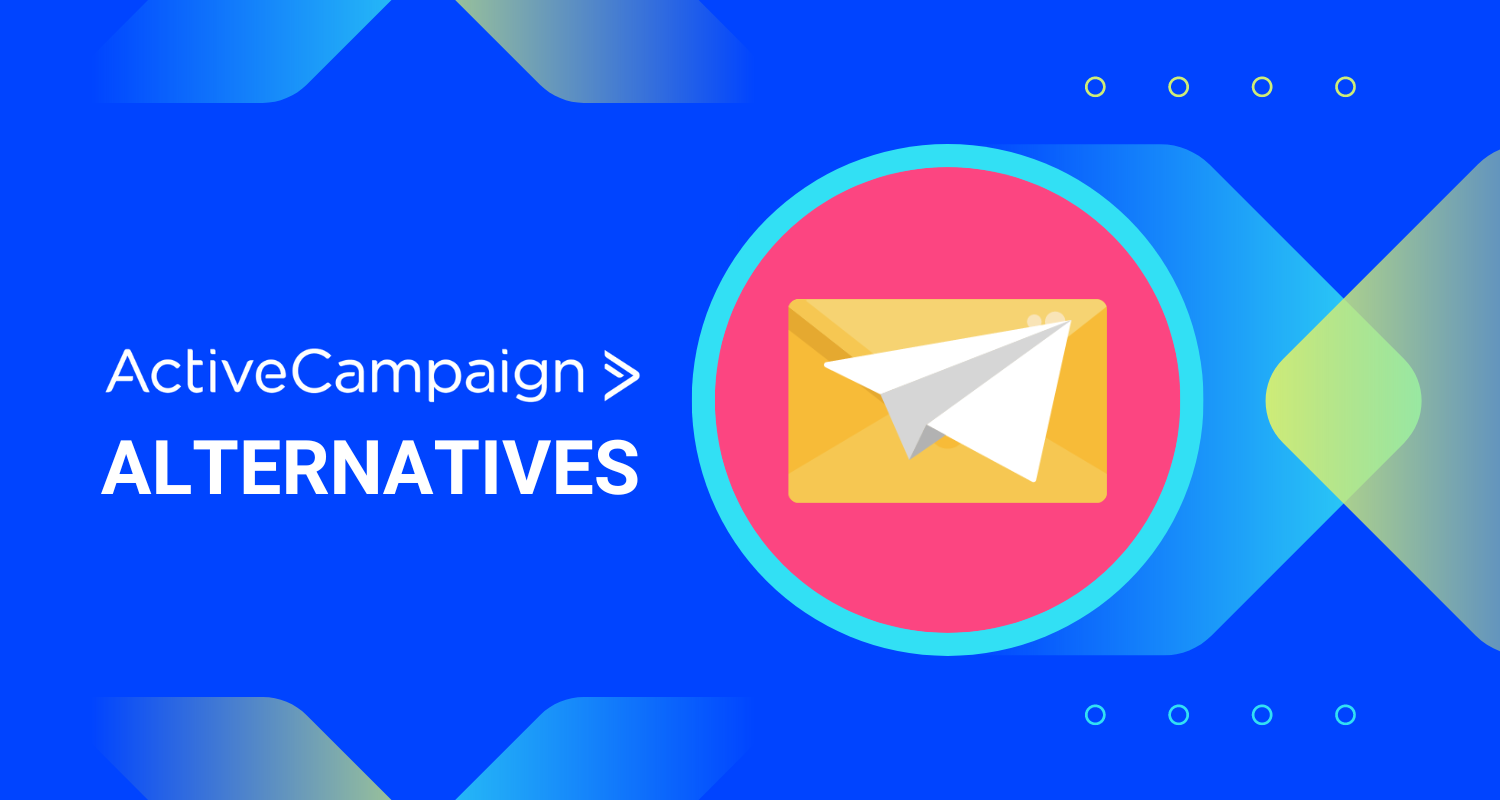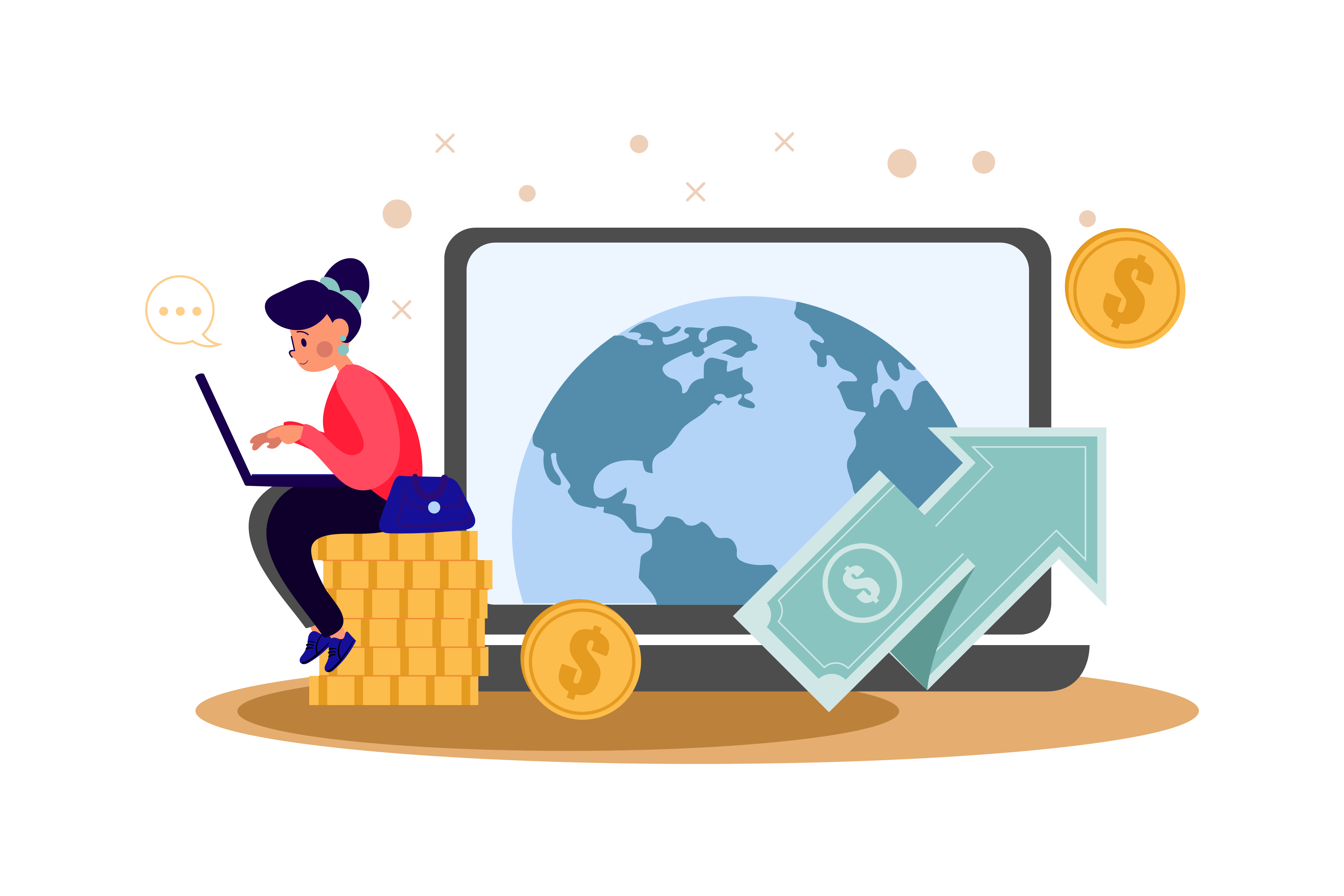
You’ve gone to great lengths to market your product. You’ve A/B tested landing pages, tried out 6 different channels for Ads, wrote & rewrote your copy ad nauseam, jumped on demo call after demo call… finally, your prospect has signed up for your SaaS product.
But this is just the beginning.
And it’s no time to rest on your laurels. As soon as that person hits that signup button, the clock is ticking ⏰.
What happens in the first hours, days and weeks of their interaction with your platform will make or break their success. And their future as your client.
If your user enjoys a successful onboarding and activation, you have a good chance of securing them as a long term customer. With that comes faster Time to Revenue, higher Lifetime Revenue Value, and reduced risk of churn. And let’s not forget happier customers, which means more referrals and new business.
Are you set up for success or entering the ‘Valley of Death’?
On the other hand, if you give your users a poor first week, they’re likely to enter the ‘Valley of Death’. A friendly term for the period in which customers are most likely to quit. Meaning all that hard work to entice them to sign up and convert goes wasted. Not to mention the money flying out the window as they hit that cancel button.
There’s nothing more frustrating than seeing the decision-maker of your target company sign up for your product, only for their account to sit there doing nothing, gathering dust for weeks on end.
You can send them all the nudges “just reminding you that your free trial is expiring soon” until you’re blue in the face. Deep down, you know these are empty threats. If the client hasn’t seen value in the product, there’s no way they’re going to add those Billing Details.
Or worse, you finally seal the deal with the decision-maker, only to see the company’s end-users do nothing with their logins. That’ll be an awkward conversation at contract renewal…
So, what do you do?
How do you get your new users to engage with your product from the get-go? To appreciate the value your platform can bring, secure their buy-in, and set them up on the road to long-term success?
Designing a winning Onboarding process
The key to early-stage client success is a well-crafted, data-informed Onboarding process.
A great Onboarding process will close to guarantee that new users are hand-held towards quick Value Wins from within the first hours of hitting that sign up button.
If you can bring rapid value to your users within the earliest stages of their journey, you’ll have them set up for life.
First impressions mean everything.
In our hyper-competitive industry, SaaS clients are looking for more than great ROI. They are looking for immediate Time to Value.
Gone are the days of legacy software plans, long setup times, Gantt charts… Customers are far less forgiving these days. They want to see value from the get-go.
The clock is ticking. So how do you create a winning Onboarding process?
Gather your data, and know your key activation features.
At GoSquared, I started building our current Onboarding process by gathering data to understand the experiences of our successful customers and non-successful customers.
To do this, I hooked up GoSquared into Google Sheets via Zapier, and using our Smart Group filters, I listed out all our product features.
Users pull into the Google Sheet, along with a summary of which product features they have or have not activated within their first week.
Users are marked with a ‘Pass or Fail’ according to how many features are activated.
I then repeated the process at later stages in their customer journey, pulling clients into separate spreadsheets.
How did this help?
Once I’d gathered the data, I whipped out the magnifying glass and went hunting for trends 🧐.
The results were eye-opening.
As it turned out, there was a major correlation between a small number of activated features.
Clients who started using these areas of the product within their first week went onto convert to paid plans and remained happy customers months down the line.
These are your key activation features. They are gold dust, and once you’ve found them, you know exactly where to guide your new users. 🌟
Which brings us to Step Two.
Hand-hold your clients – How to build and use Onboarding Sequences
It’s a common misconception that you can just build a great product and leave your users to it.
Remember, your users are not you. They do not know your product in the way you do. They do not appreciate the value you know it can bring. To them, you’re just another software supplier (at least for now!).
Think about it, when was the last time you checked out a new SaaS product?
Did you really give it your full, undivided attention? Was it really the only tab open in your browser? Or were you semi-distracted by your to-do list, incoming phone calls, Slack notifications, emails etc?
Chances are you probably checked it out semi-casually and gave up at the first part of the platform that wasn’t straightforward.
Don’t make your clients work to get value from your product. Especially not in their first week.
Take on the responsibility to hand-hold them through their first hours and days. Make absolutely sure that the path to activating your key features is as smooth and streamlined as possible.
For example, our current Onboarding process at GoSquared sends a series of Sequences to new users within their first weeks.
Our Welcome Sequence directs clients on where to find the key activation features and explains why they are so valuable to set up. It also includes access to our Support Video Tutorials, so users aren’t ever left scratching their heads.
We also like to include links to the CS Team’s ‘Calendlys’ for free Training calls. This ensures we can get on the phone with new clients and set them up there and then with the key features that we know make a difference.

Taking the time to hand-hold clients in this manner nurtures our new clients into product champions and super-users.
These are the kinds of users who will not only promote your product to others but are also the most willing to give product feedback. This ensures your product roadmap is well-informed and packed with information from users who want the best for your platform.
In addition to the Welcome Sequence, I run a Booster Sequence throughout the client journey to offer refresher training calls. This ensures that new colleagues are also trained up on the platform, which is crucial.

We’ve all been in that situation when, unknown to you, the product champion at one of your biggest accounts has left, and their replacement has no idea who you are and what you do. That’s a fast-track to churn. This is where the Booster Sequence comes into its own.
Alignment with Product is crucial
It’s one thing to create killer Onboarding sequences. But it’s all in vain if there’s no alignment with the Product team.
Yes, it certainly helps to build Sequences to direct clients to your key features. But wouldn’t it be even better to revamp the Product to make said features more accessible in the first place?
To colour this with an example, at GoSquared, we noticed a correlation around installing our tracking Snippet. Users who successfully installed the Snippet within their first logged-in session were far more likely to convert onto paid plans than users who installed it during later logins.
So, to facilitate the process, our Product team installed our ‘Installation Guide’ right within the empty-state for our Analytics dashboard. This allowed users to get a step-by-step tutorial at the click of a button, and install their Snippet there and then.

Since we enabled this, we haven’t had to send a single chaser email to a new SaaS customer to remind them to install our Snippet. No more empty Analytics dashboards and a boon for our customers’ quick value wins!
In a similar example, I noticed that Prompts are a key activation feature for new clients. At the time, however, the section for Prompts was somewhat hidden in our Automation platform.
Rachel, our Head of CS, ran a Growth experiment to try moving the Prompts section out of Automation, and give it its own place in the Navigation bar.
We saw a whopping 125% increase in Prompt page views, and 90 new prompts in the following 14 days, in comparison to 21 in the 14 days pre-experiment.
That’s the power of well-informed in-product changes.
So, they’ve activated – now what?
Convert them! 🎯
If you’ve followed the steps above, you should now have a streamlined onboarding process, empowering new users to achieve their ‘wow moments’ in record time.
You’ve secured the buy-in, and they see the value. Time to nudge them over the line!
If your new users enjoy the early days of using your product, their buying temperature is high! This is the time to nudge them onto your paid plans.
A great way to do this is via a Validation Sequence.
You should look to send this approximately 10-14 days after their sign up date. You can use product variables to celebrate the successes they have made with your product so far. Congratulate them on the key features they have activated and how this has helped their business.
For example, at GoSquared we congratulate clients for the number of new leads they have captured in their first week, highlighting the value our product has demonstrated for growing their business.

NB. For clients who have NOT successfully activated, send them a Re-Engagement Series instead. Instead of leaving it and just hoping they’ll decide to sign up, don’t be afraid to call out the fact they haven’t got any value from your product yet.
Perhaps compare the results to what they could have achieved with your platform by now, if they’d been more engaged. You could also add a link to your Sales Team’s demo calendar if they need more time to talk things over or a bit more personal help getting set up.

For your successful clients, your Validation Sequence should offer both Carrot & Stick motivation.
The ‘Carrot’ could be to dangle the additional benefits they could achieve with your premium plans. For example, “You captured X number of leads with our Free Tier plan. If you added our premium features, you could see up to a 25% increase in conversion”. Then add a link to a relevant case study to back this up.
For ‘Stick’ motivation, you could remind them that their Trial is set to expire in a number of day’s time. Now that they’ve actually seen the value in your product, and are enjoying its benefits, this won’t just be an empty threat.

Don’t let that first impression go to waste
The first week, day and hours of your users’ initial interactions with your product are CRITICAL to their long-term success. It will define the value they receive and the revenue you gain.
- Take the time to gather data on your previous sign ups, and pick out the key trends & features.
- Craft your onboarding messaging accordingly to make sure users are expertly guided towards early value wins.
- Align your product with your onboarding to build the smoothest User experience possible.
- When the iron is hot, strike with your conversion sequences, and enable your customers to continue to build on their early success.
And don’t forget – the process is never complete! A great onboarding experience now could be a terrible onboarding experience in a year’s time. Always look to analyse, learn and iterate on your activation and conversion process.
Here’s to success, for you and for your customers 🥂


